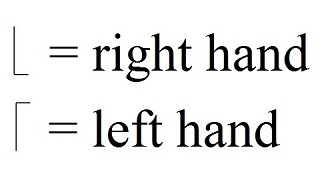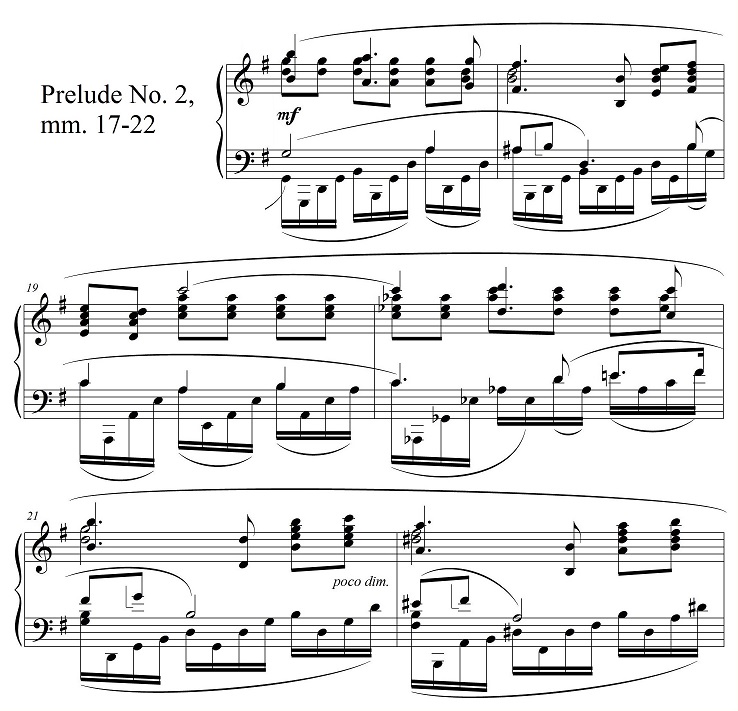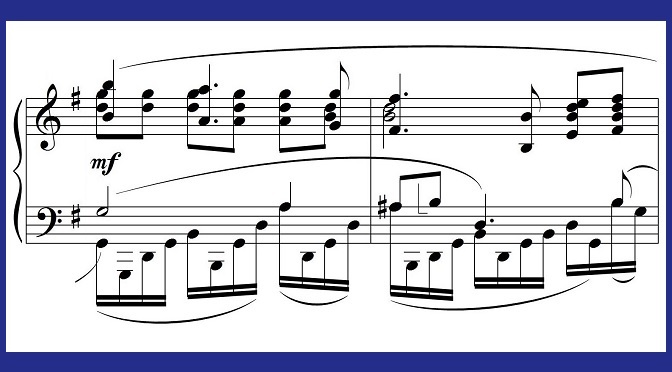On the Other Hand
Piano fingering is in my opinion very personal. Pianists vary considerably in hand size, flexibility, and technical skills, and these variations are naturally reflected in fingering differences.
It is important for beginning pianists to become familiar with standard fingerings for scales, arpeggios, chords, and patterns such as Alberti bass that appear in the pieces that everyone learns in the early stages. Such standard fingerings are covered in the excellent book The Art of Piano Fingering by Rami Bar-Niv. Bar-Niv’s book also goes further and explores a lot of special fingerings for special situations. But once the standard fingerings have been mastered, a pianist must choose the fingering that works for him or her personally in a given passage. Some experimentation may be required; in fact, we may sometimes decide to change a fingering even in a passage we have already been practicing for weeks.

When determining the fingering for a passage, there is no rule that requires all the treble-clef notes to be played by the right hand and all the bass-clef notes by the left. In fact, any note may be played by either hand, depending on which is most convenient in a given situation. Composers or editors may suggest the use of the right hand by “m.d.” (mano destra) or “r.h.,” or the left hand by “m.s.” (mano sinistra) or “l.h.” Alternatively, they may use the bracket-like symbols shown on the right, as I do in my own scores. These symbols are again only suggestions, which one may choose either to follow or to ignore, based on hand size and other factors.
The diagram below shows a passage from my Prelude No. 2, illustrating how a melody line can be shared between the hands. The main melody is sounded in the top notes of the chords in the right hand, while accompanying arpeggios are provided by the sixteenth-note figurations in the left hand. Between these two, a countermelody appears in the tenor range of the bass clef. Most of its notes are realized by the left hand, but in several places the right hand needs to take over (at least, if one has normal-sized hands), as indicated by the bracketing symbols. A well-trained pianist will be able to match the tones in this countermelody so as to convey the impression of a truly legato, cantabile-style melody, sounding much as if it were played by a third hand.

The passage shown begins around 1:04 in this video:

